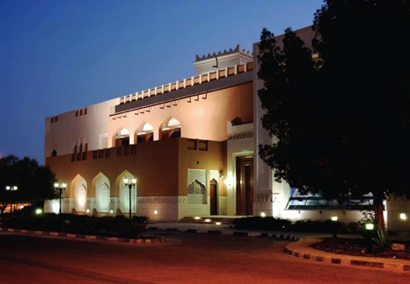
ABSTRACT:
Out of the Desert: Water Traditions in the South Asian Landscape
South Asia has had a sophisticated tradition of architecture associated with water as early as 2500 B.C.E. Many of the practices developed during this time and later into historical periods were inherited and adapted by Muslim rulers and patrons once they entered the Indian subcontinent. This paper seeks to explore these practices through two case studies. One is the architecture built under the north Indian Sultan Sher Shah Sur (r. 1538-45) who used this patronage as a legitimizing device. The other is the ritual, traditions and architecture which developed at the south Indian shrine of the Sufi saint, Shahul Hamid (d. 1560). Although the motivation behind the patronage of water architecture and the lore that grows around each figure are quite different, the use of water to promote public welfare, spiritual values and maximize land irrigation is common to each.
Biblography
Co-authored with Cynthia Talbot (historian, University of Texas-Austin), India Before Europe. Cambridge: Cambridge University Press, 2006.
The Architecture of Mughal India, Cambridge: Cambridge University Press, 1992. Reprinted, 1995 in New Delhi by Foundation Books in cooperation with
Cambridge University Press; revised and republished by Cambridge University Press, 2001.
Co-edited with Thomas Metcalf, Perceptions of South Asia’s Visual Past. New Delhi: Oxford and IBH and the American Institute of Indian Studies, 1994.
Co-author with Sahel Al Hiyari: Sahel Al Hiyari Projects (Amman: Center for the Study of the Built Environment, 2005)Co-author with Ghazi Bisheh, Fawzi Zayadine, Ina Kehrberg, and Lara Tohme: Jordan: The Umayyads and the Rise of Islamic Art (Brussels: Museum With No Frontiers; and Madrid: Electa, 2000). Also available in Arabic, French, Italian, and Spanish translation.
Old Houses of Jordan: Amman, 1920 – 1950 (Amman: TURAB, 1997)
Download audio only from here



